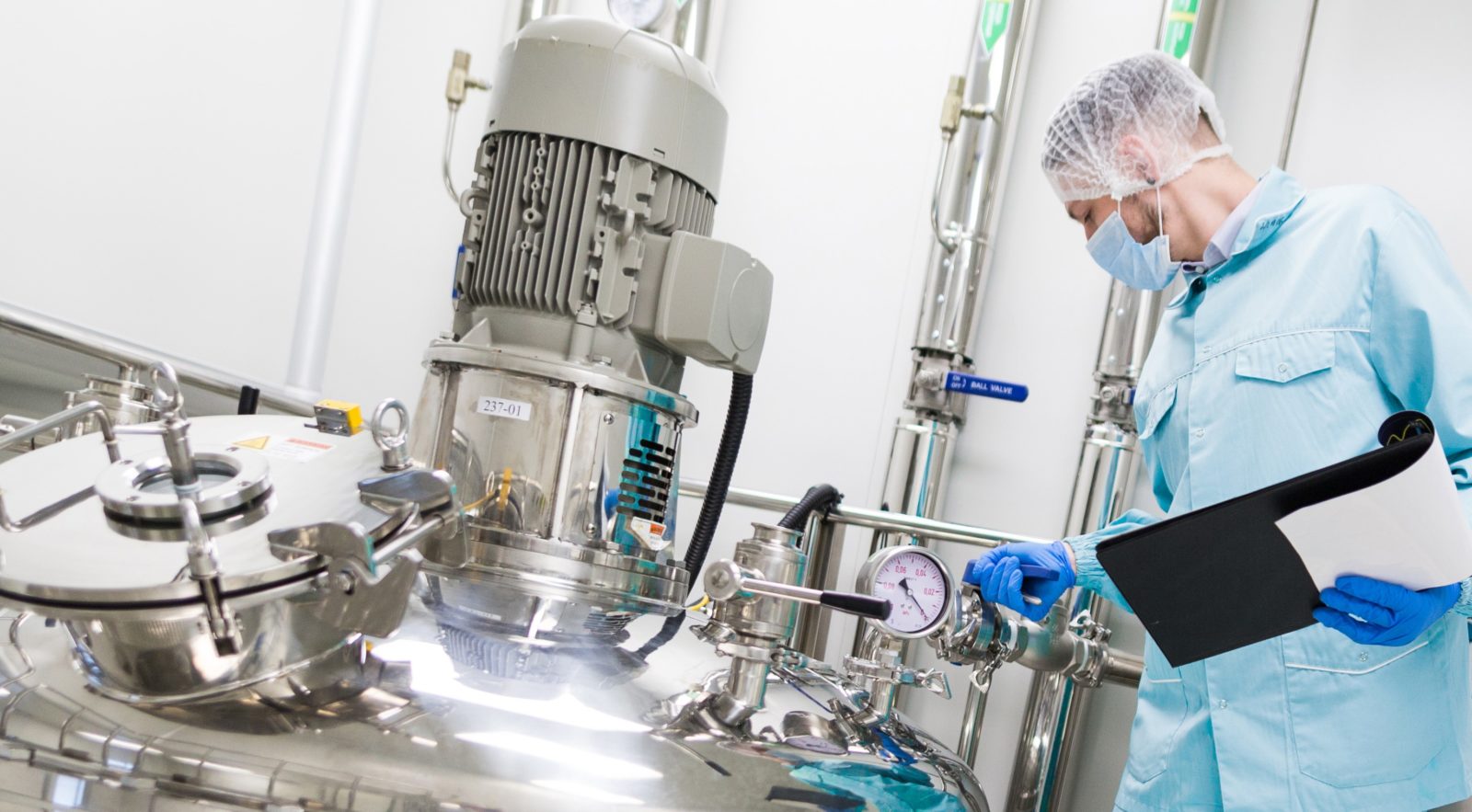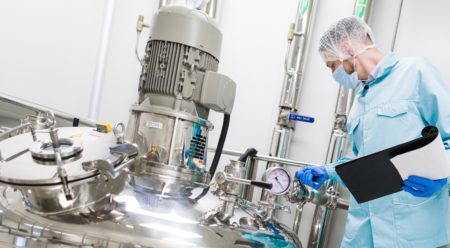Odorisation of Natural Gas and Hydrogen Mixtures
13 July 2021 | News
No evidence of odorisation problems in H2/NG mixtures, but work needed for separation
The latest report developed by MARCOGAZ’s Working Group Odorisation titled “Odorisation of Natural Gas and Hydrogen Mixtures” explores the implications of hydrogen injection into natural gas grids. In particular, the report addresses the impact of odorisation in the blending of hydrogen with natural gas, considering that adding hydrogen into the grid modifies the physical qualities of the natural gas composition.
The report reveals that sulphur-based odorants like Tetrahydrothiophene and Mercaptans (all saturated), which means that no reaction with elemental hydrogen seems likely to happen at the conditions typically found in the gas distribution systems.

Essentially, the choice of the odorant must be carefully made if the amount of hydrogen in the mixture significantly affects the gas density and vapour pressure. If the gas density is reduced, the odorant, which is liquid, should be chosen according to the properties of the mixture. Odorants with lower density and higher vapour pressure could be better choices for higher amounts of hydrogen in the mixture.
The report notes that it is important to pay attention to odour blending due to possible differences in the physical properties of the blend components.
Odorisation projects across Europe
Based on the data compiled by MARCOGAZ, the report analyses the odorisation impact of ongoing hydrogen injection projects across several European countries, including the Netherlands, France, Germany, the UK, and Italy.
So far, no evidence of problems was detected in odorisation following hydrogen addition into natural gas. Yet, the concentration of hydrogen in natural gas mixtures has been limited. Pure hydrogen tests were carried out in the Netherlands and the UK at limited scope. The results of olfactory tests, odorisation practices of hydrogen/natural gas mixtures, can be performed with the same odorants and concentrations for natural gas.
However, due to the different physical properties of the two gases, the issue of separating hydrogen from natural gas in cases of pipeline leakages is still a valid issue given that the odorant may not be equally distributed in the leak.
MARCOGAZ’s suggestions
As a result of this technical exercise, MARCOGAZ suggests considering a safe concentration of hydrogen in the natural gas for odorisation — up to 15% of hydrogen. MARCOGAZ is awaiting new data on the topic of odorisation and hydrogen/natural gas mixtures in order to better assess whether the concentration threshold can be raised.
MARCOGAZ’s report concludes that more information on the following topics is needed:
- Possible effects on odorisation due to differences in physical properties of the mixture of gas and odorant (density, vapor pressure, …);
- Possible chemical reaction between hydrogen and odorant at high pressure condition;
- Possible effects of high concentrations of hydrogen on gas odorant;
- Influences from possible impurities from hydrogen production.
Take a look at our full report:


